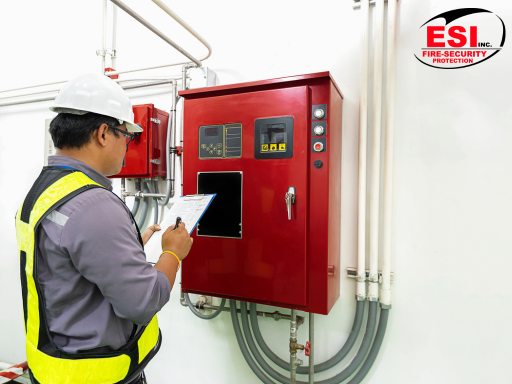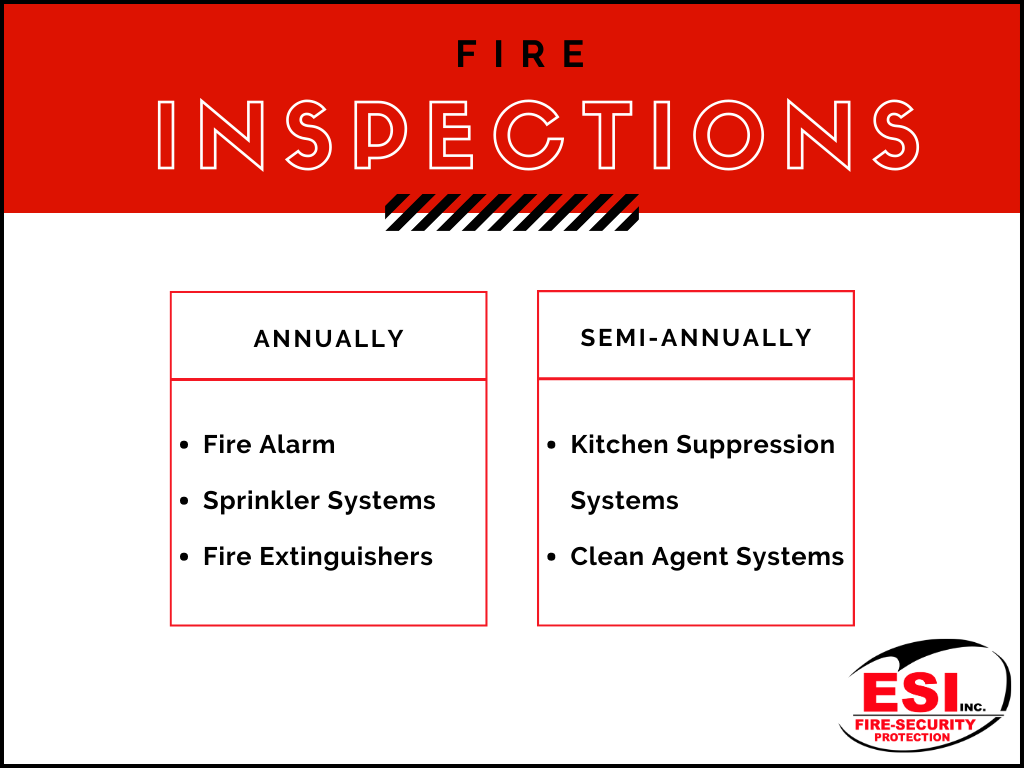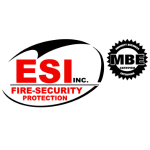
Discover the key fire inspection compliance requirements that your business must adhere to. Learn how to meet safety standards, ensure a secure workplace, and avoid penalties by implementing effective fire safety measures.
Fire safety is of paramount importance for businesses to protect their employees, customers, and assets. Compliance with fire inspection requirements is crucial to ensure a safe and secure workplace environment. By understanding and implementing the essential fire inspection compliance requirements, your business can meet safety standards, reduce risks, and avoid penalties.
Inspection Frequency
The frequency of fire inspections depends on a variety of factors, including the type of building, its occupancy, and its use. For example, buildings with high occupancy rates such as hospitals and schools, require more frequent inspections than other types of buildings. Typically, commercial buildings are required to have fire inspections at least once a year, while residential buildings may only need to be inspected every few years. Refer to the Texas Administrative Code for more details on inspections. Below is a guide to how often you should have commercial fire inspections for your business.

In addition to regular inspections, you should also consider having your building inspected after major renovations or changes in occupancy. Anytime there are significant changes to your building, it’s important to have it inspected to ensure that the fire safety measures are adequate.
During a fire inspection, a fire inspector will check for potential fire hazards, such as blocked exits, faulty wiring, and the presence of combustible materials. They will also check that fire safety equipment, such as smoke detectors, fire alarms, and fire extinguishers, are in working order. Any deficiencies will be noted and recommendations will be made for improvement.
It’s important to keep in mind that inspections are not just a requirement, they are also an investment in the safety of your building and the people who occupy it. Regular inspections can catch potential hazards before they become a serious problem, and the peace of mind that comes with knowing that your building is safe is priceless.
Steps to Secure Workplace
- Conduct a Comprehensive Fire Risk Assessment: Start by conducting a thorough fire risk assessment to identify potential hazards and vulnerabilities within your business premises. Assess factors such as flammable materials, electrical systems, emergency exits, and fire suppression equipment. This assessment will help you develop a comprehensive fire safety plan tailored to your specific business needs.
- Install Adequate Fire Prevention and Suppression Systems: Ensure your business is equipped with appropriate fire prevention and suppression systems. This includes installing fire extinguishers, smoke detectors, fire alarms, and sprinkler systems. Regularly inspect and maintain these systems to ensure they are in proper working condition and comply with relevant safety standards.
- Develop an Emergency Evacuation Plan: Create a detailed emergency evacuation plan that outlines clear procedures and escape routes in the event of a fire. Communicate this plan to all employees, conduct regular drills, and ensure that emergency exits are clearly marked and easily accessible. Training your staff on fire safety protocols will contribute to a safer workplace environment.
- Educate and Train Employees: Promote fire safety awareness among your employees through comprehensive training programs. Educate them on fire hazards, prevention measures, and emergency response procedures. Encourage employees to report potential fire hazards promptly and provide them with the necessary resources to mitigate risks effectively.
- Maintain Compliance with Local Fire Codes and Regulations: Stay updated with the local fire codes and regulations applicable to your business. Regularly review these requirements and ensure your fire safety measures align with the latest standards. Engage with fire safety professionals or consultants if needed to ensure compliance and receive expert guidance.
By prioritizing fire inspection compliance requirements, your business can create a secure environment, protect lives, and minimize the devastating impact of fires. Remember, the safety of your employees and customers should always be the top priority.


